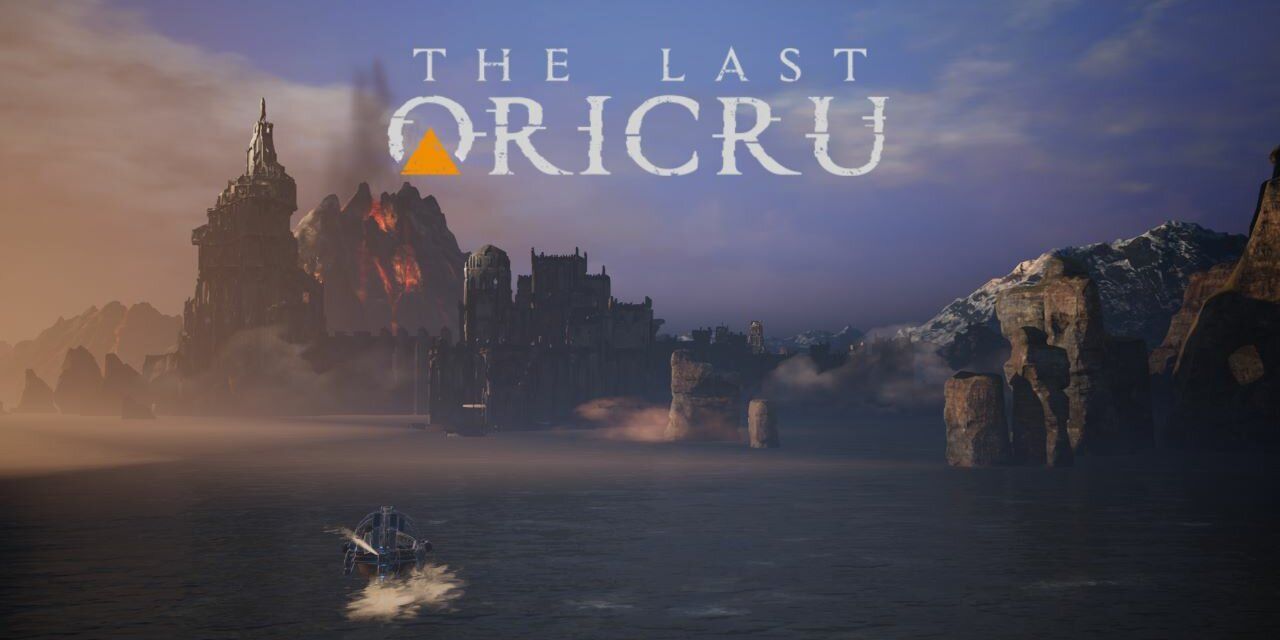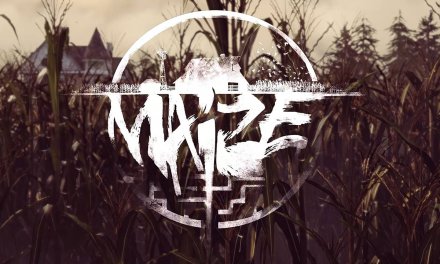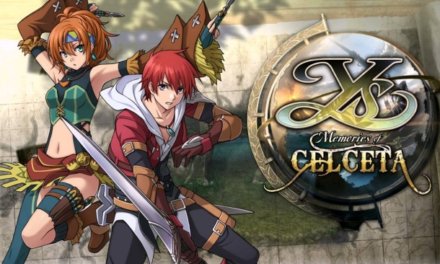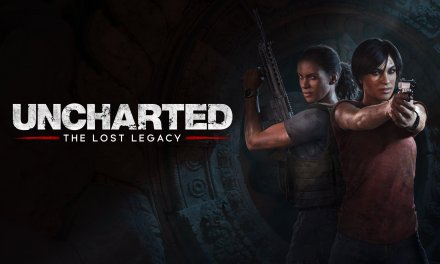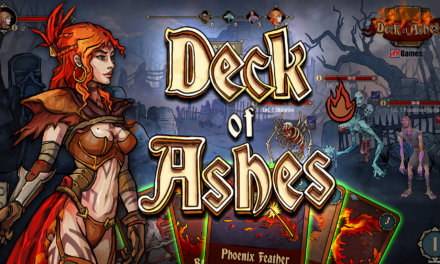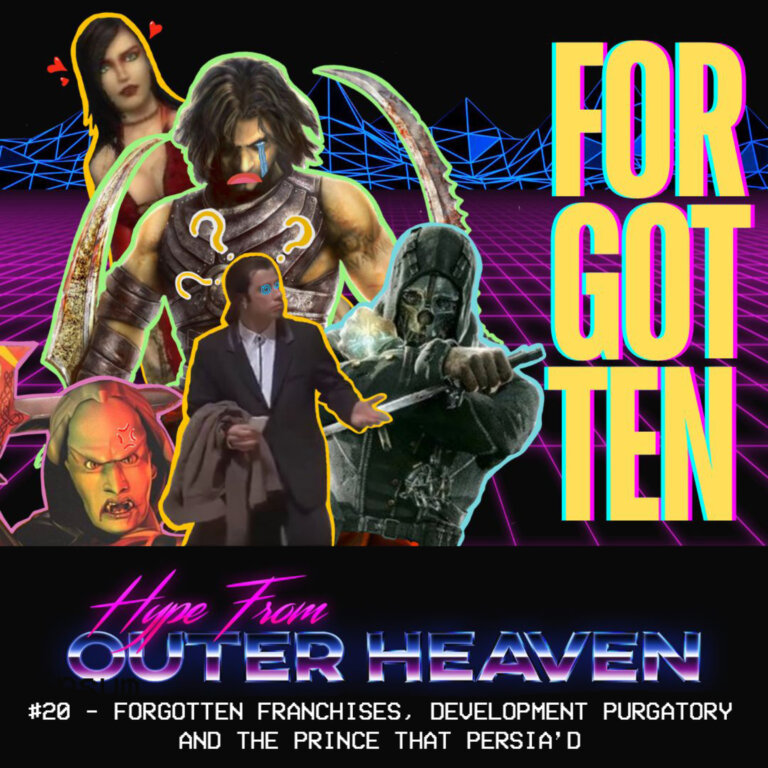“Welcome to the Ratvolution, Brather…”
Hailing from Prague in the Czech Republic is fresh faced indie developer: GoldKnights with their first entry into the Soulsborne sub-genre of RPG, with The Last Oricru. Being part Sci-Fi and part Medieval fantasy, it’s clear to see the level of inspiration that The Last Oricru takes into account with its intriguing narrative, placing a strong emphasis in player choice and their long lasting repercussions. The game released on the 13th October 2022 for all next-gen systems, of which I’ll be covering the Xbox Series S version in the usual format, covering both the good and bad, while ultimately discussing whether it’s worth your time and money at the £34.99 asking price (UK/Xbox Microsoft Store).
When Hidetaka Miyazaki and FromSoftware released Demon’s Souls for the PlayStation 3 in 2009, I don’t think they realised how much their particular brand of gameplay would take the world by storm. Popularised by the Dark Souls franchise, and with independent smash hits such as Bloodborne (2015) and this year’s excellent: Elden Ring (see our coverage at Game Hype here) only solidifying the popularity of the Soulsborne (an amalgamation of Dark Souls and Bloodborne) sub-genre of action RPG, and it’s unique blend of dungeon based risk/reward gameplay. There’s no denying that with the success of the sub-genre there has definitely been proliferation of copycats on the market, albeit with developers and IP’s putting their own spin on it; titles like Nioh and Mortal Shell stand out as the most prolific for myself, offering the same tried and tested gameplay style, but with enough finesse of their own to stand out from the crowd (the setting and atmosphere of the dark fantasy version of the late Sengoku period in Nioh one of the best out there). Following the trend is first-time indie developer: GoldKnights with their maiden voyage: The Last Oricru, which is yet another familiar (yet wholly unique) entry into the sub-genre.
The Last Oricru places you into the disgruntled shoes of protagonist: Silver, who is part of a small band of humans who awaken in the mysterious land of Wardenia, a war-torn planet with a mysterious blend of technological advancement within the framework of a medieval world. Upon awakening from a nightmare in which his fellow ‘immortals’ have all experienced (each of the human settlers have a mysterious, technological belt that allows them to be revived every time after they die) Silver finds himself under the watchful (and unusually aggressive) eye of the Noboru, a bald, titan-esque race of aliens, that don’t look too far removed from the Engineers from Ridley Scott’s divisive Prometheus. After a few bouts of combat training, it becomes apparent that the Noboru are embroiled within a bitter civil war with a race of sentient rats known as the Ratkin, of which they have enslaved for a number of years. Following the completion of the tutorial missions the game allows you to start making choices from the get-go, of which can be argued is the primary gameplay mechanic of The Last Oricru, being one of the few examples in recent memory where decisions actually have weight.
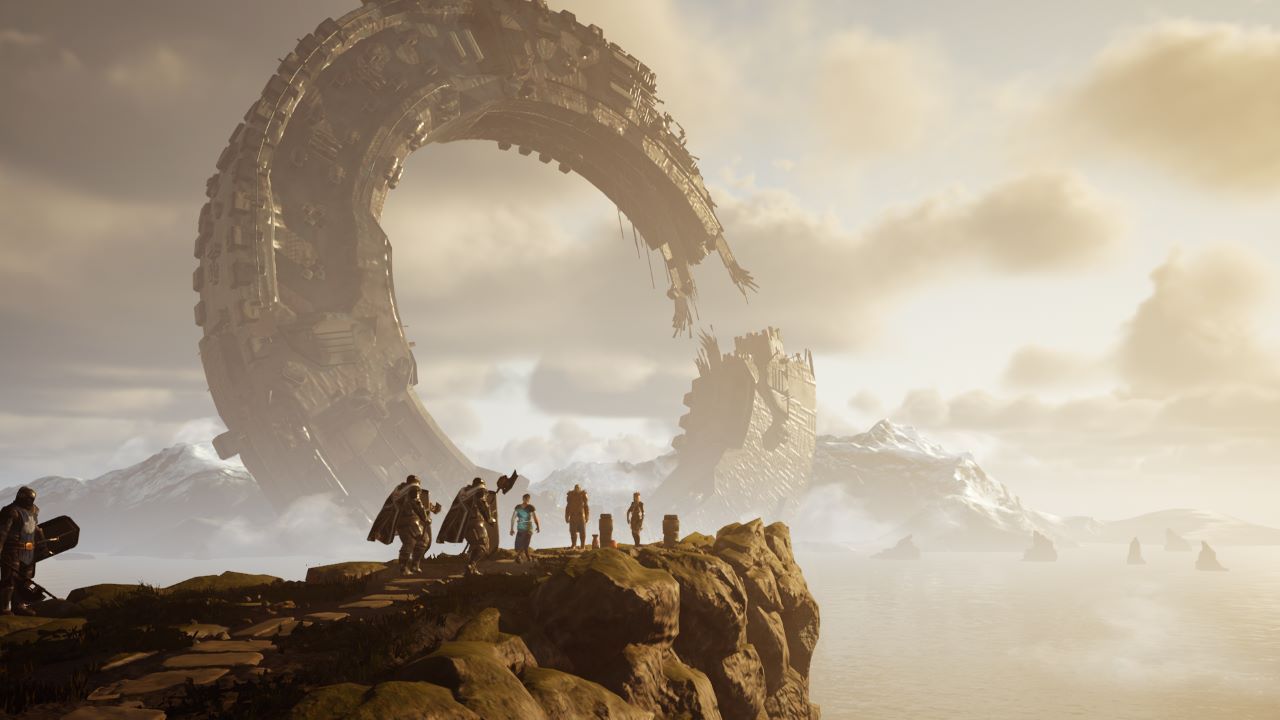
As aformentioned, the biggest selling point of The Last Oricru is it’s branching story, and attention to player choice where decisions actually have weight, something that is usually afforded to the likes of interactive narrative experiences such as Heavy Rain or Supermassive Game’s excellent: Until Dawn; many games have branching paths and player choice, but most do it under the pretense of the ‘illusion of choice’ where ultimately your choices mean very little in the grand scope of things; this isn’t the case in The Last Oricru. Without giving much of the narrative away, your decisions in game will improve or worsen your relations with the game’s two factions/races, the Noboru and the Ratkin, of which your early choices will determine (to an extent) which side you end up going through the game with; there are options to straddle the fence, and as the game reminds you, there are no right or wrong choices in terms of narrative and plot progression. For myself, I could tell within the first hour of playing the game that I was a firm Brather (another amalgamation of rat and brother) for three reasons; 1. I have a healthy disrespect of authority (the Noboru are assholes) 2. 99% of the time I side with the underdog, and 3. I enjoy a good pun; and it’s safe to say the Ratkin firmly tick the last two boxes, with puns flying out of every other sentence. There’s also the fact that the game does a great job of making you sympathise with the Ratkin, as the imperialistic aggression of the Noboru and enslavement of the Ratkin can easily be seen as a social commentary of our own history as a species. Of course, the Ratkin themselves aren’t without fault as they slaughter through the Noboru with just as much aggression of their former captors, but conversely this could be seen as a response to years of enslavement and torture, as goes the old saying ‘one man’s terrorist, is another man’s freedom fighter’.
Morally grey politics and story decisions aside, The Last Oricru has unfortunately very little else going for it in the visual or gameplay department, and saying it’s an unpolished mess is a massive understatement. For starters (and by far the most obvious) the game looks extremely dated for a next gen exclusive, having visuals that are reminiscent of a PS3/XBOX 360 era title that was hot off the shelves in 2010. While some the environments can look nice (mainly distant visuals) most of the games character models and textures have this muddy, jagged look to them that sometimes looks really out of place. The game’s camera system is also wildly out of control (even on the lowest sensitivity setting) and just feels flat out awkward, and was responsible for more accidental deaths than I care to admit to. The game’s animations also suffer as a result across the board; running animations, combat and even the lip-syncing and conversations feel stiff and awkward, which also brings me on to one of my biggest complaints about the game; the god-awful voice acting. The main character Silver can be described as overbearingly English, being a cross between the horribly mis-cast (with horrendous English accent to boot) Keanu Reeves as Jonothan Harker in Bram Stoker’s Dracula (1992) and John Cleese, whilst simultaneously sounding like all the audio lines were recorded in a tin-can. The voice acting across the board is also just as awkward, with character conversations sounding unnatural and overly rehearsed, bearing resemblance to an amateur dramatic performance of Shakespere’s prose. In terms of the game’s combat, it functions well enough to follow the same formulaic gameplay style of it’s peers, offering deep customisation of stats which allows for both casual play and min/maxing depending on what you’re aiming for (aside from the horrendous animation work). The game’s performance leaves a lot to be desired also, jumping bettween a very choppy 30fps with constant lag and screen-tears, with occassional bouts up to 60fps that ideally should be smoother running on more powerful hardware with graphics that aren’t exactly pushing the limits of visual fidelity (these problems may not be present on the Series X).
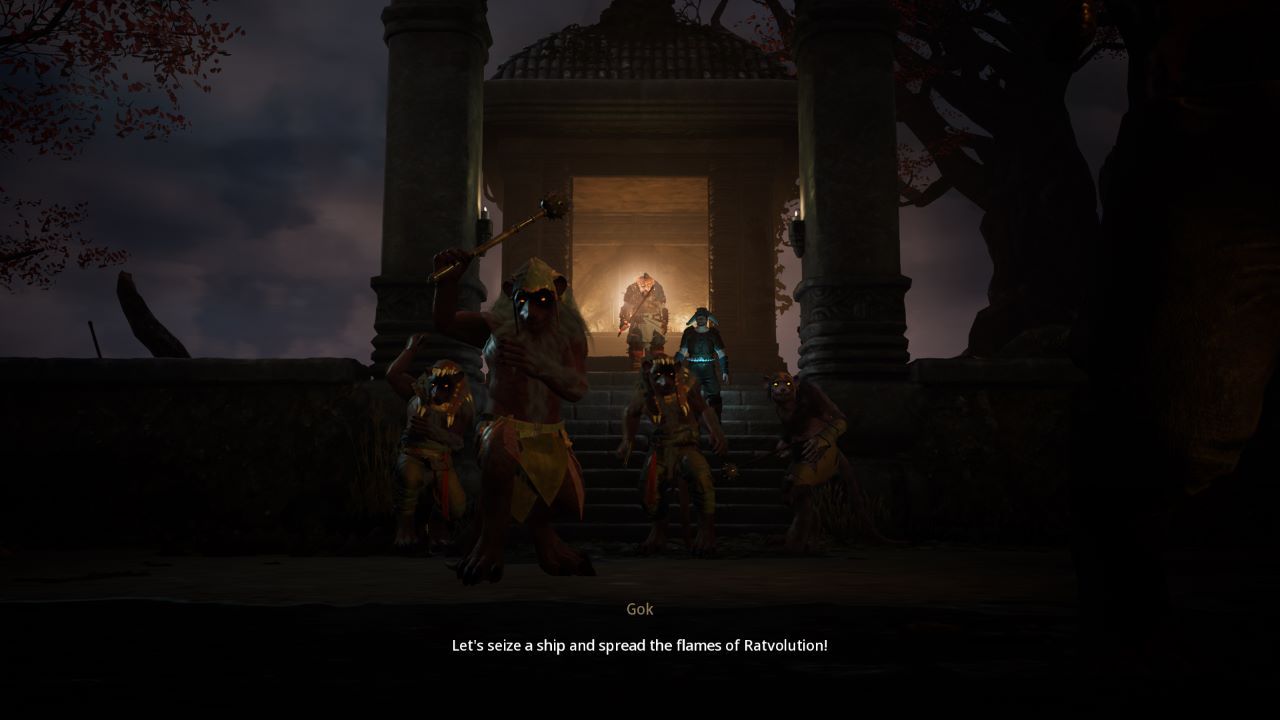
While the game is very rough around the edges in terms of it’s presentation, it has to be remembered that The Last Oricru is the first project from an indie developer who has had very little experience in crafting RPG’s, so there is some scope for overlooking a lot of the games warts and moles depending on how forgiving you are. From a narrative perspective, GoldKnights have managed to achieve something unique with The Last Oricru, that may be worth playing over multiple runs to see how the branching paths turn out, and worth playing for anyone who loves a good twist, as for £34.99 theres a lot on offer here if you’re not someone who prioritises graphics in video games over narrative.
An Xbox Series X/S review code was provided by Plaion (formerly Koch Media).

